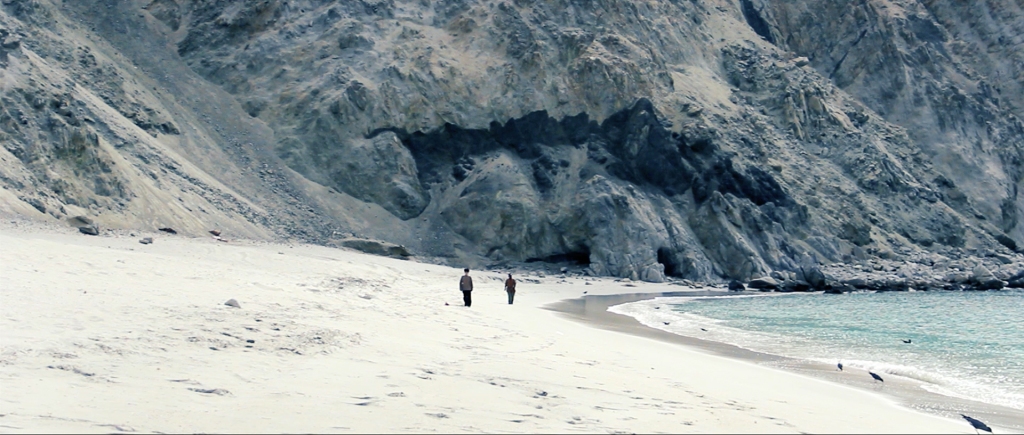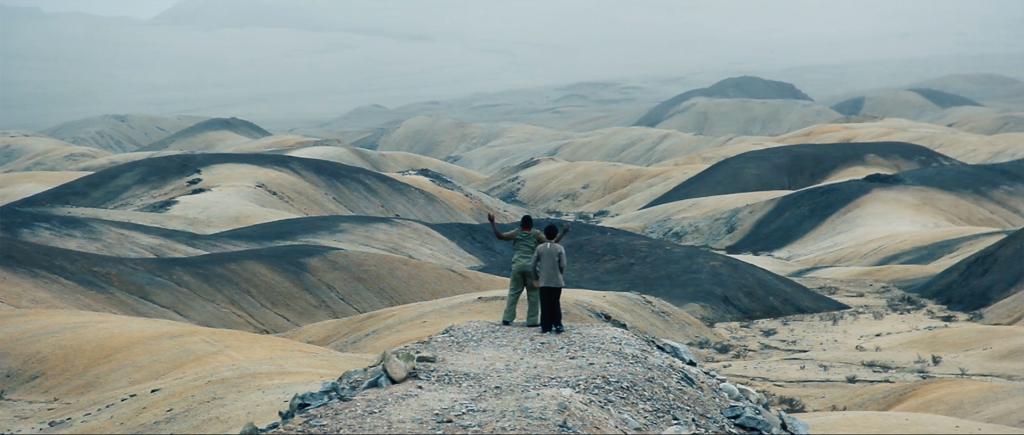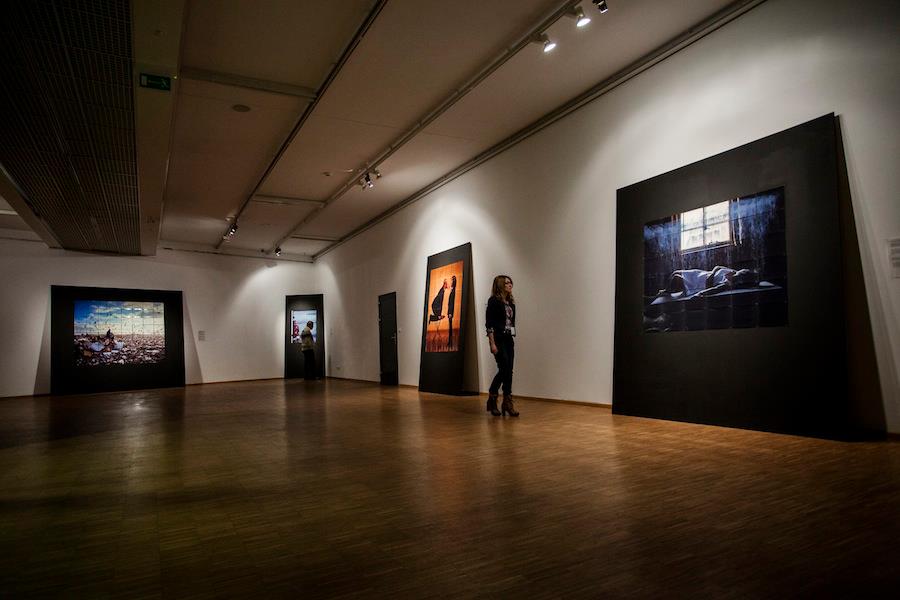Curatorial
-
Anarchy and New Art. 100 years of Dadaism
Adam Witkowski, Agata Zbylut, Aleksandra Ska, Andrzej Wasilewski, Anna Witkowska, Artur Malewski, Centre for Polish Sculpture, dadaism, Danuta Dąbrowska, Emilia Kamińska, exhibition, Hanna Nowicka, Jakub Czyszczoń, Jerzy Mazzoll, Kamil Kuskowski, Lidia Sapińska, Mariusz Waras, Małgorzata Szymankiewicz, Monika Zawadzki, Olga Lewicka, Paweł Książek, Piotr Skiba, Rafał Żarski, Robert Knuth, Waldemar Wojciechowski, Wojciech Duda, Zbigniew Rogalski, Łukasz Jastrubczak, Łukasz Skąpski



